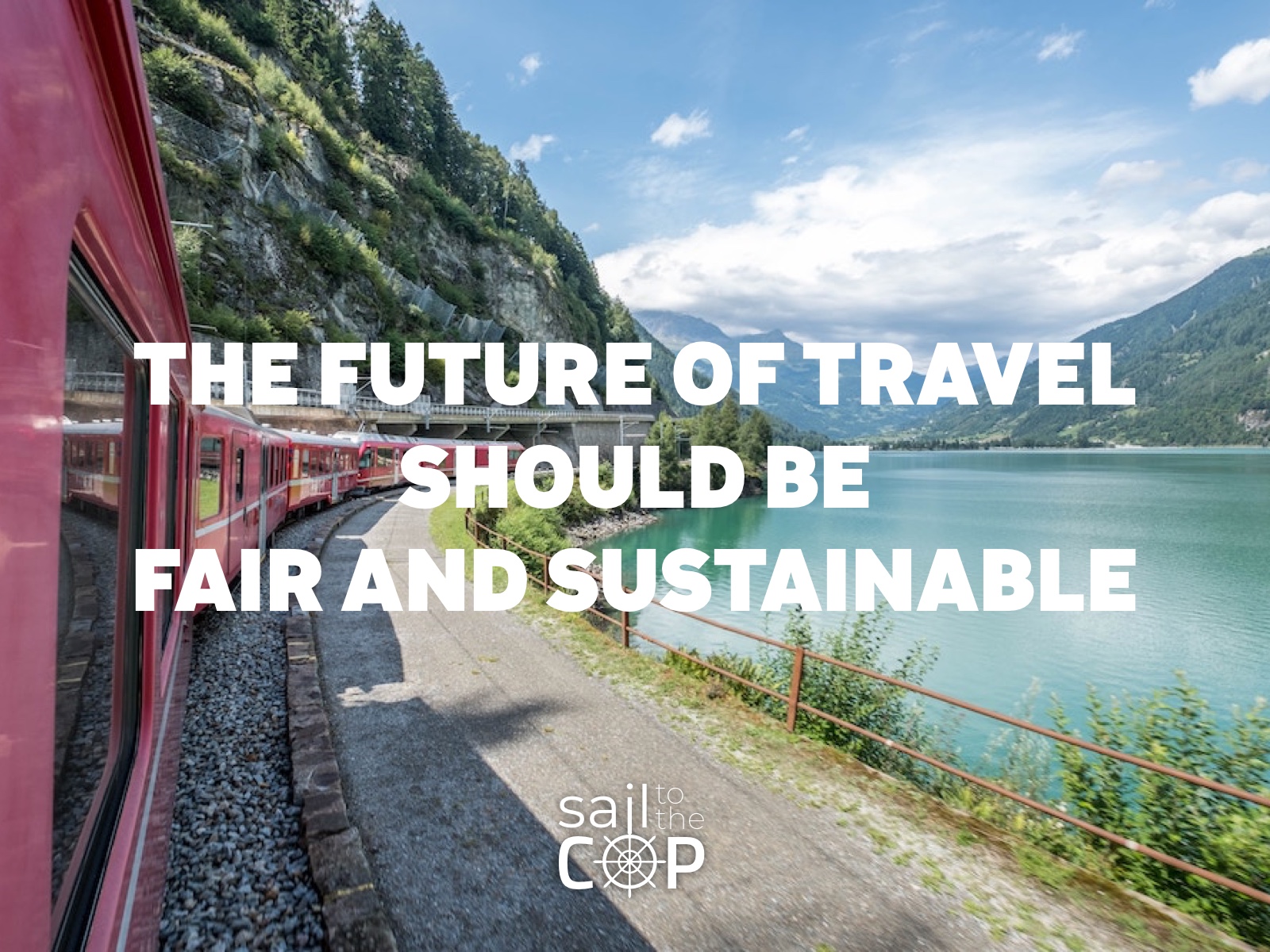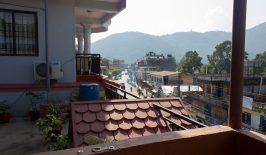One group of ambitious European travellers want to set an example to all of the world leaders heading to the UN’s Climate Change conference in Chile in December 2019 – by turning their back on the aeroplane and taking a two-month boat trip instead.
The travel industry relies on the aviation industry, and for anyone who’s jumped on a low-cost flight to a warm or spectacular destination, it’s not hard to see why. But while the numbers of air travellers grow, the environmental impact of the industry grows too. On an individual level, there’s no other human activity that emits as much carbon over such a short period of time as aviation – simply because it is so darn energy-intensive. And while it’s estimated that only 18 percent of the world’s population has ever set foot in an aeroplane, while most of those (often frequent) flyers have the money and time to adapt to the effects of climate change, many of the 82 percent of people who have never flown in their lives are the ones who are more likely to have their livelihoods negatively impacted by the effects of climate change.
So while jumping on a low-cost flight to your next holiday destination (where you might be heading to enjoy the pristine nature and beautiful environment) might seem slightly parodoxical, the fact that the UN’s yearly international Climate Change Conferences are held in different places every year, and attendees hop on planes to fly thousands of miles to attend them, seems almost painfully ironic. But then again, who can blame them, when air travel remains often the easiest, most affordable and most appealing travel option out there?
To try and raise awareness of the unsustainable nature of the way we currently make our way around the globe (even when attending climate change conferences) one group of young ambitious changemakers is hoping to make a difference by attending the next conference, the COP25 in Chile, via water rather than air. Their mission is called, simply, Sail to the COP, and they’re hoping to cover the 12,000 kilometres from Europe to Santiago de Chile on a boat with around 20 people on board to raise awareness at the event, which will be held from December 2 – 13 2019. The journey is expected to take much more time than the event will – anywhere between 6 to 8 weeks.
The group have three main points to pursue, under the basic tenet that flying is destroying the planet. It’s not hard to understand the problem, with a look at the world flight map on FlightRadar24 at any time of day showing the incredible volume of flights, a non-stop swarm of aeroplanes in the sky all through the day and night.
Their first aim is to encourage fair taxation of aviation – a carbon tax or kerosene tax that could be used to direct more funds towards offsetting or reducing carbon emissions. Their second aim is to raise awareness about and promote more sustainable methods of travel, such as train, boat and bus (which are currently often more expensive than flying for a whole bunch of different reasons). And thirdly, the Sail to the COP project is part of a media campaign that’s working to build an international network that aims at making the travel industry climate positive – fighting against the construction of new airports and for sustainable alternatives instead. Stay Grounded is already one network aiming to protest and resist new airports being constructed around the world.
The group already travelled aeroplane-free to last year’s COP24 climate conference, which was held in Katowice, Poland, some 1,141 kilometres from HQ in Amsterdam. But this journey – half way around the globe – is taking their commitment to the next level. The Sail to the Cop team are crowdfunding right now, and were originally hoping to raise 30,000 EUR before June 15 in order to cover a part of the cost of their trip. They had already raised over 9000 EUR at the time this article was published! However, due to the overwhelming number of applications (60 from all over Europe) they received from people who were willing to join them on their sailing trip and help support their project, they’re thinking about trying to arrange a larger, and more expensive ship, so they’ve increased the funding amount and also removed the deadline for their fundraising. The huge positive response they’ve received has given them the confidence that their project will succeed.
I asked the team behind Sail to the COP for some of their own tips on how to travel sustainably and they came up with the following:
1. Find a local alternative. If you live in Europe, why fly to Thailand when you can find the same sunny beaches in Croatia? Explore your own city, country or continent.
2. Turn a few small trips into one big one. Always wanted to go to Eastern Europe or Asia? Take the Train-Siberian express and combine different dream trips in one.
3. Use a different form of transport. Take your bike on a biking holiday, hitchhike, become crew member on a sail boat. Your trip starts the moment you start moving.
For more about the inspiration behind the trip and to meet some of the people behind it, check out the video below. And to support their mission with a donation, you can visit their crowdfunding page right here.
When it comes to other social movements working to reduce the negative impact of flying on our planet, “Flygskam” or the “Flying Shame” has become a significant force in Sweden, while the international hashtag #flyingless reveals many groups and organisations attempting to reduce their carbon footprint by staying put more – from universities to groups like Earth Scientists. While proposals from politicians in certain countries offer sensible first steps, such as the French politicians proposing to ban internal flights where high-speed train links are just as fast, e.g. from Paris-Marseille, noting that the same route in a plane emits 50 times more CO2 than a train would.






